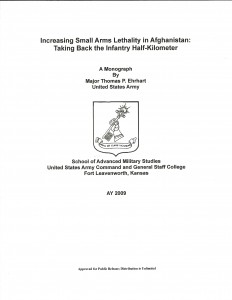
In my last blaster (here), I raised a question of whether the Israelis were trying to hijack the Green Lobby or whether they were ready for the rubber room. This was made in response to a report by Jonathan Cook that contended Israel was greenwashing war on terror. It turns out that I may have phrased this question in naive, simplistic terms, if my good friend Pierre Sprey (a justifiably well known weapons analyst, mathematician, and recording entrepreneur) is correct, Israel's motives for trying to hijack the Green Lobby can be viewed in a larger, longer range context. Below is his most interesting analysis of Israel's motives for greenwashing the war on terror: Chuck
—–[Comment by Pierre Sprey]—–
I totally agree that the currently faddish alternate energy sources are ludicrously uneconomical and, for the most part, environmentally harmful. The only alternate source that could almost completely supplant oil and that actually makes economic and environmental sense, natural gas, is currently among the most unfashionable.
Nevertheless, there's an important larger perspective to Israel's dead serious push to raise huge amounts of capital (guess where?) to produce non-oil based energy from trendy green sources in large enough quantities to reduce worldwide oil demand significantly.
That perspective is simple: unbeknownst to most, the absolute highest priority objective of Israeli foreign policy, from 1949 to today, has been to break the Seven Sisters oil cartel's stranglehold on world oil production in order to collapse the world price of oil. From Israel's point of view, that's a perfectly rational strategic objective–and, almost certainly, the only Israeli objective I know of that would be a major benefit to the world.
Continue reading “Journal: Israel, Neo-Cons, Big Oil, Iraq, & Green”




